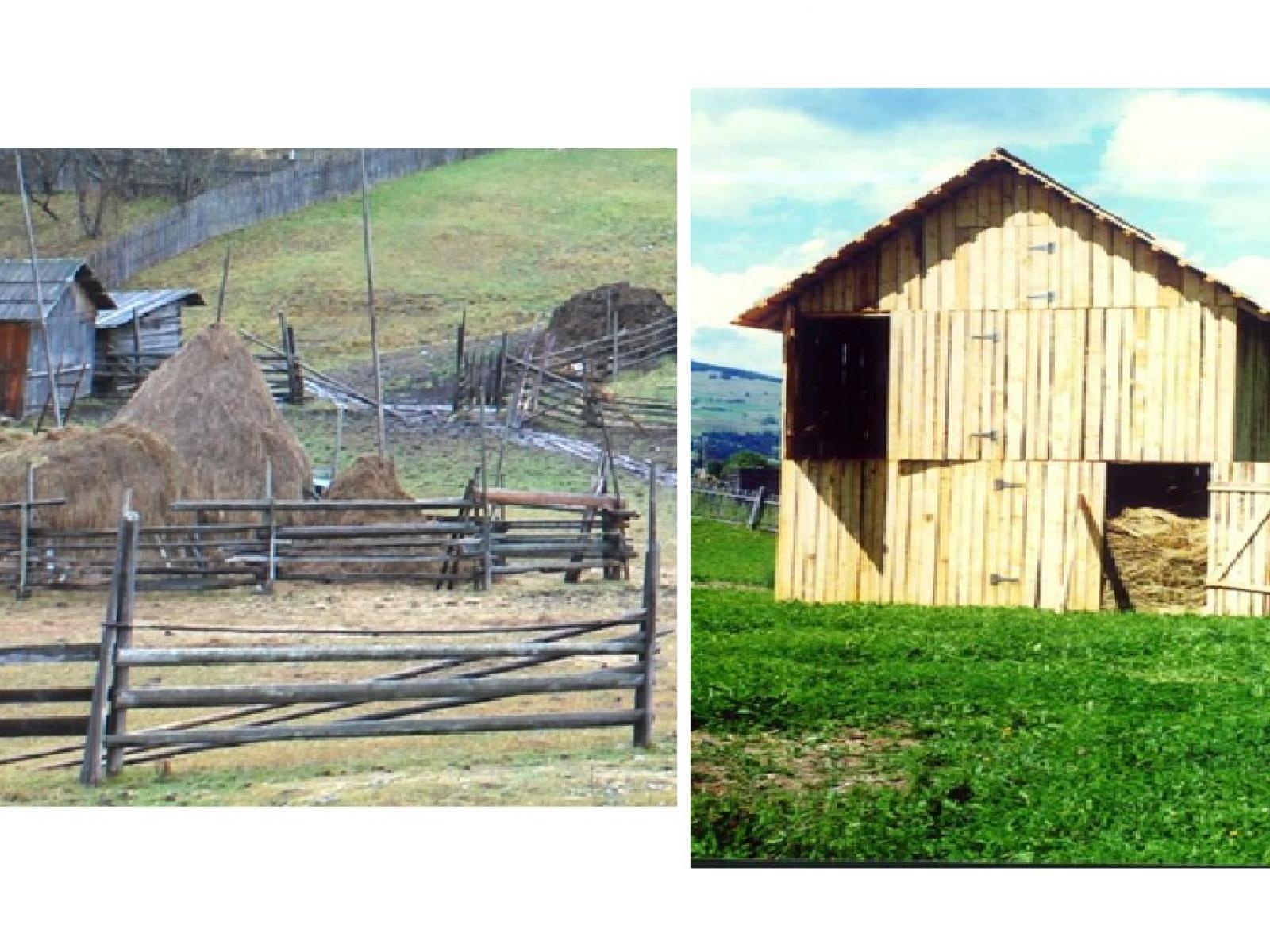An Overview Of Our Solution
- Population Impacted:
- Continent: Europe
Organization type
Population impacted
Size of agricultural area
Production quantity
People employed
Describe your solution
Describe your implementation
External connections
What is the environmental or ecological challenge you are targeting with your solution?
Describe the context in which you are operating
the risk of hay invaded by mold, by perpetuating the system of preserving hay over winter in uncovered stacks, subject to rain and snow - with effects that can become harmful - by generating aflatoxins, with a risk of transmission through milk and even carcinogenic effects.
A sustainable mountain agro-economic development involves as a first measure, the sound, scientific, management of organic fertilizers, the modernization of old stables and projects for new stables of various sizes, but ensuring hygienic conditions.
How did you impact natural resource use and greenhouse gas emissions?
Language(s)
Social/Community
Water
Food Security/Nutrition
Economic/Sustainable Development
Climate
Sustainability
Step I: financing grants for the quickest possible modernization of the stables. This modernization must be accompanied by the introduction – in all forms of education – from and for the mountain area (farmers, specialists) of management know-how – necessary for the good management of organic fertilizers (partially abandoned, “forgotten” in 50 years of communism + 25 years – post 1990).
These modernizations must be accompanied by intensive policies to facilitate the creation of gr. I and II cooperatives, focused on the capitalization of “mountain products”
Step II: Market-based income. Once the capacity for capitalizing the “mountain products” is reached – at prices correlated with high quality and biological value.
Return on investment
Entrant Banner Image

